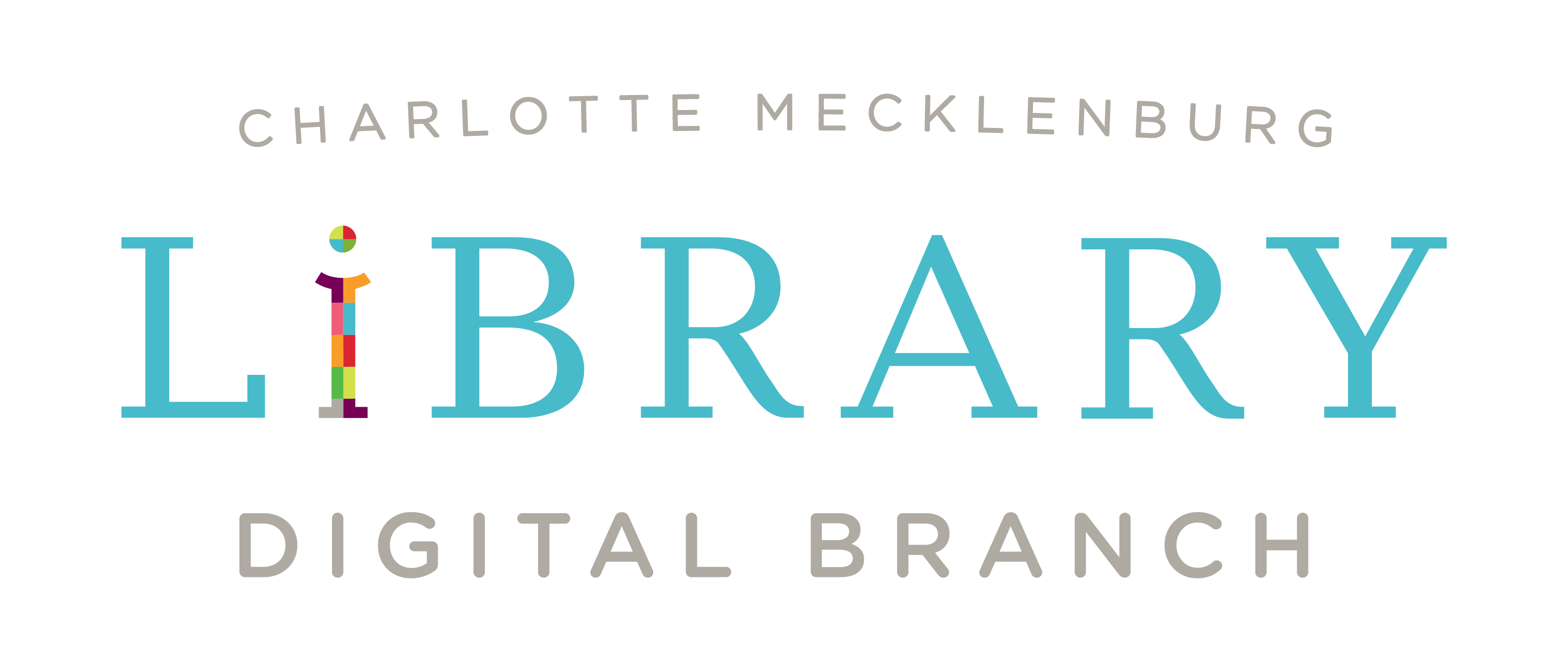Having a thorough understanding of your professional skills is essential for career development. However, it can be challenging to identify our professional abilities, because we tend to be our own worst critics. Learning to “toot your own horn” and advocate for yourself is an extremely helpful (but often challenging) aspect of your professional success.
So how do you determine your most impressive skills? First, we need to look at them as two types: Hard Skills and Soft Skills.
Hard Skills
These are the skills that are usually easiest to identify. Hard skills are abilities that are teachable and can be measured through testing and demonstration.
Anything that you’ve received a certificate or license for is a hard skill.
Some examples of hard skills are:
- Labor-related skills such as HVAC, construction, power tools, and plumbing
- Computer & Digital skills such as Microsoft Office, social media, and programming
- Cleaning & Sanitation
- Languages spoken
- Typing speed
- Driving
Soft Skills
Also known as “Transferrable Skills.” These skills are a little more difficult to pinpoint because they can be challenging to measure or quantify. Soft skills are best assessed through personal interaction and communication.
These are the skills that most hiring managers are seeking to identify during job interviews.
Some examples of soft skills are:
- Organization
- Communication
- Teamwork
- Problem-Solving
- Leadership
Soft skills typically stem from integral parts of our personalities, so they might just feel like normal, everyday functions of our character. This is the trap many people fall into when trying to identify their soft skills- they mistake their admirable, productive qualities as unimportant or mundane.
I find that the most productive place to start is to find out what skills are most desirable in today’s job market and look for examples in my career when I have been able to demonstrate them.
Let’s look at a few examples of soft skills that are currently in high demand, and how to recognize them on the job:
Communication
Speaking, listening, and writing.
What it looks like on the job:
- Explaining policies, procedures, and sales/deals to customers
- Negotiating with coworkers regarding anything from project management to shift coverage
- Taking accurate phone messages and delivering them in a timely manner
- Emailing important information
- Documenting and following up with requests or issues
- Using clear hand and body signals if the environment is noisy (like a construction site)
Teamwork
Teamwork reflects your relationship with your coworkers.
What it looks like on the job:
- Treating your colleagues with respect and tact
- Looking for ways to help others in your department
- Admitting to your mistakes and learning from them
- Approach interpersonal conflicts with patience and the benefit of the doubt
Leadership
Taking initiative, setting an example, and looking at the big picture.
What it looks like on the job (you do not need to be in charge to do these):
- Staying late to meet a deadline
- Supporting your team and/or subordinates during challenging transitions
- Recognizing and rewarding others’ hard work
- Keep criticism constructive and minimal
- Delegate tasks according to people’s strengths
There are many more skills in demand today, and chances are good that you have demonstrated them one way or another throughout your career. For more help in identifying your skills and professional strengths, be sure to check out our career development programs in the Job Help Center. We are here to help you present your best self to the workforce!

